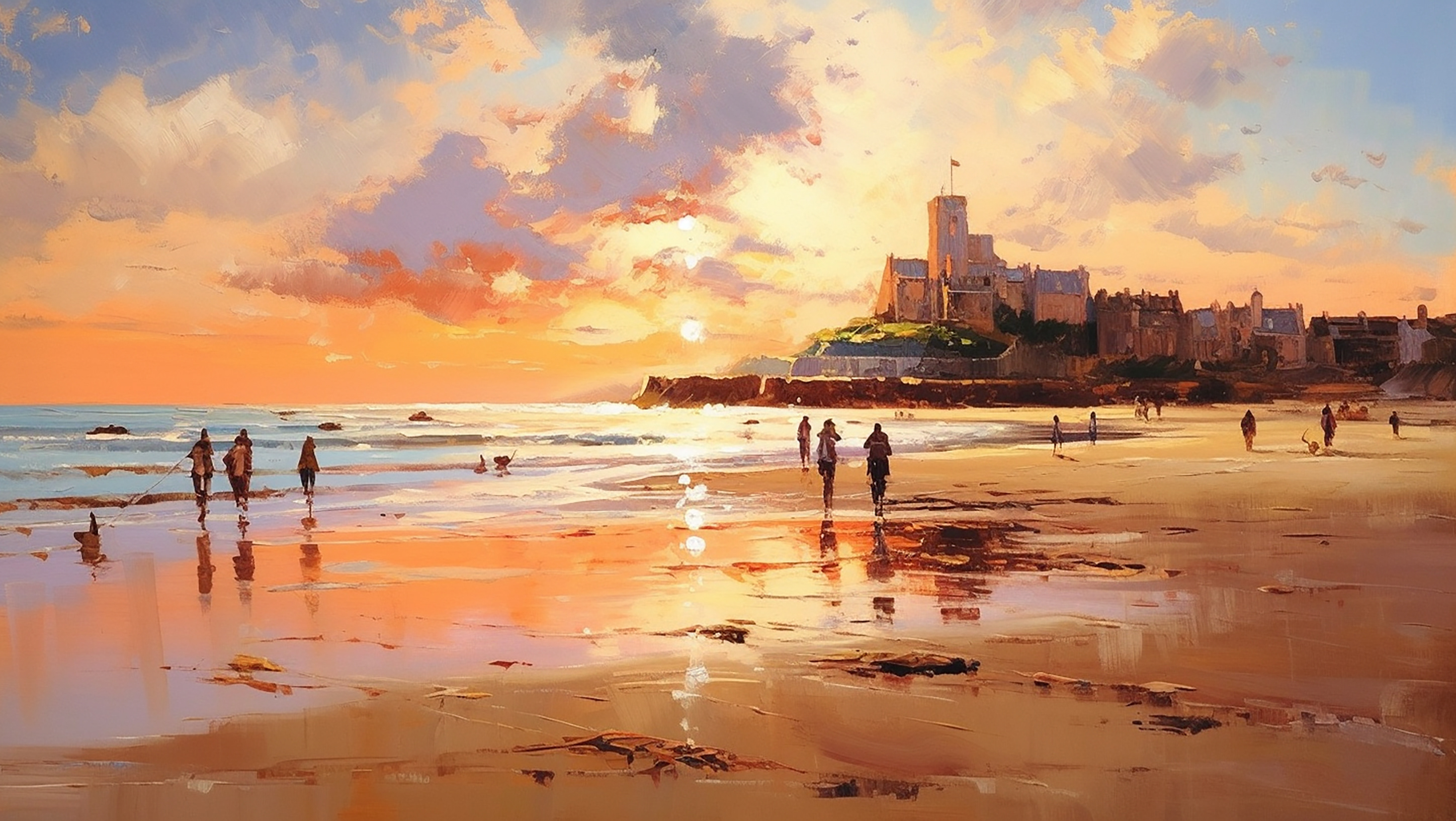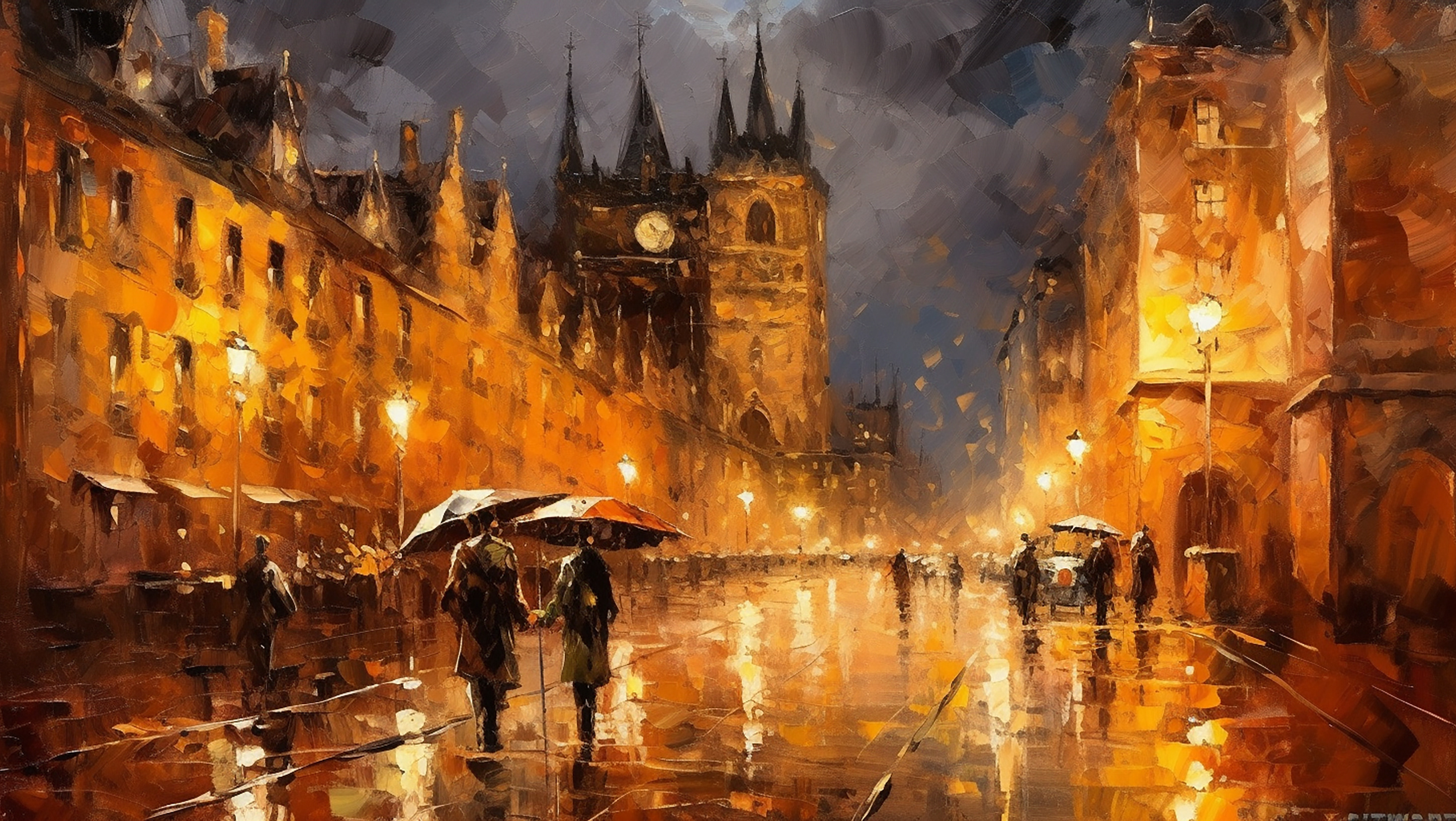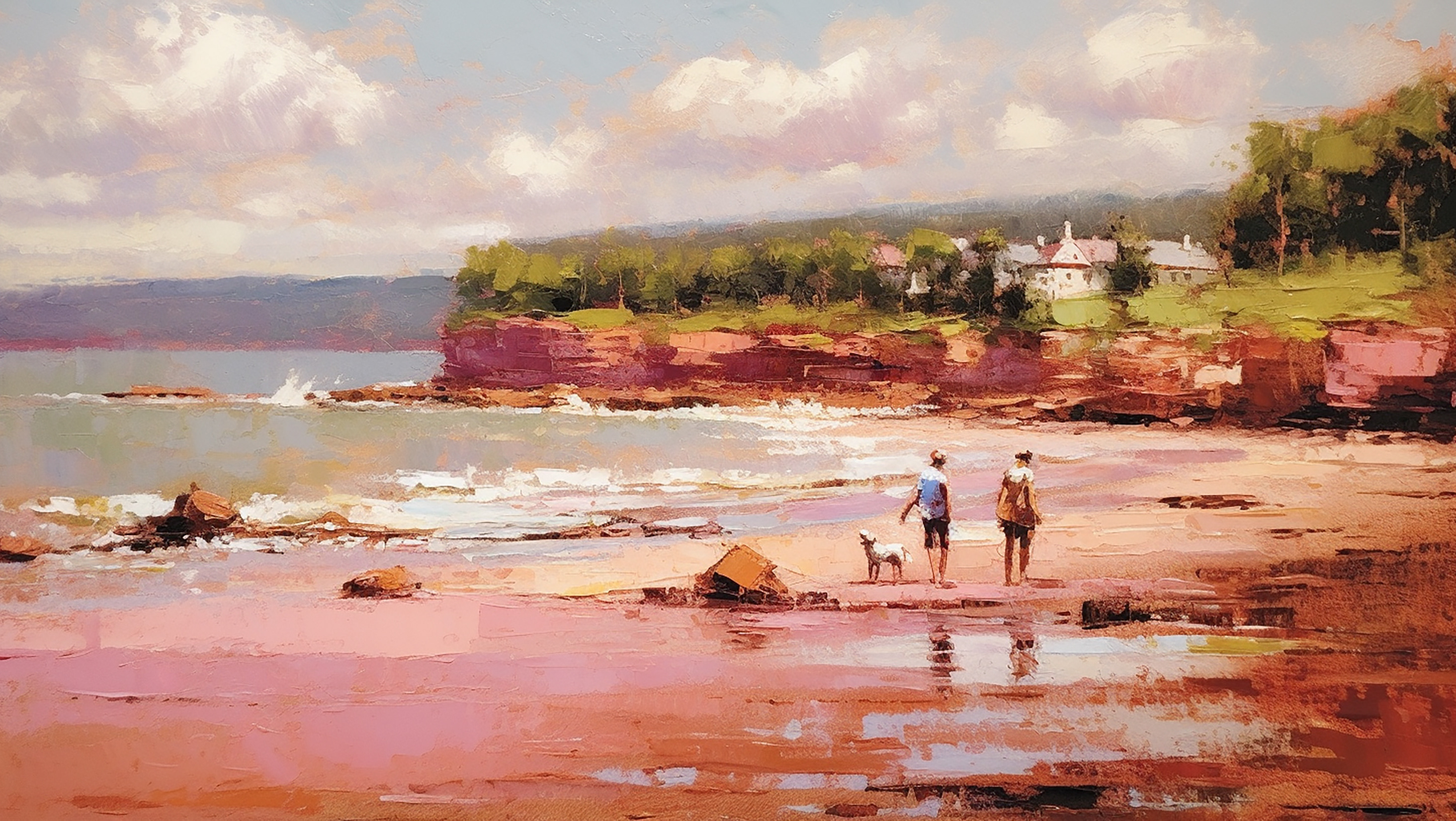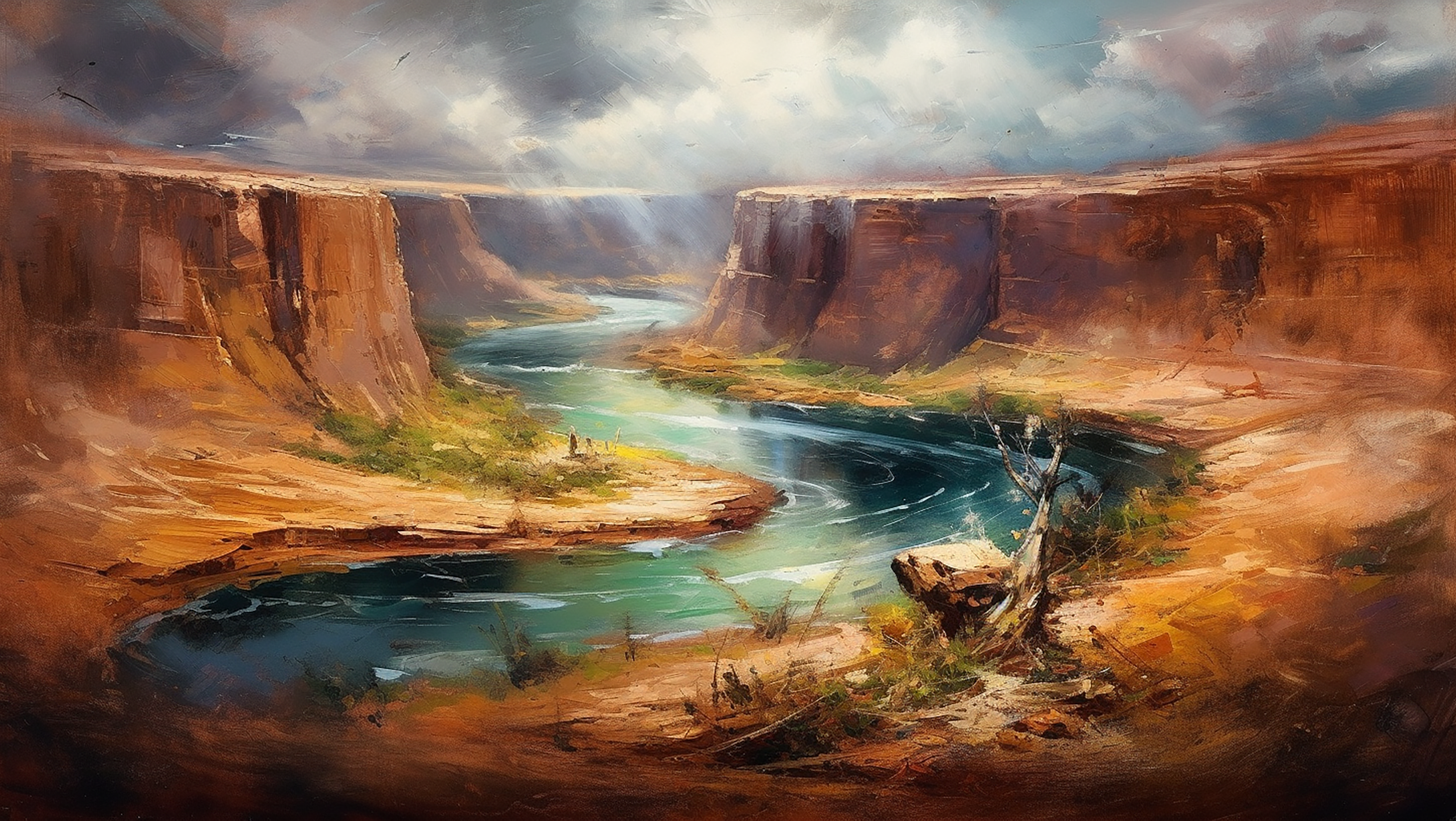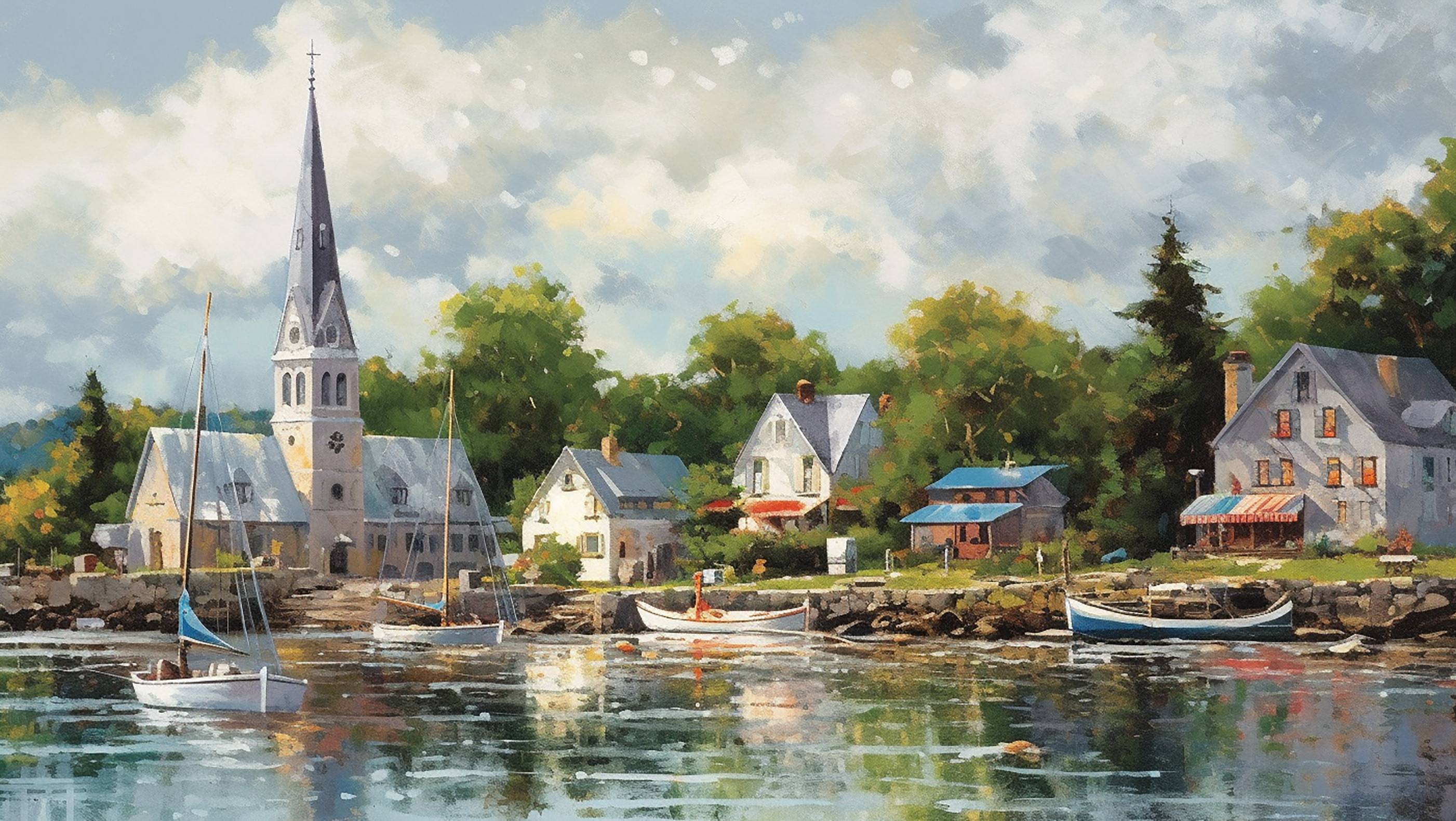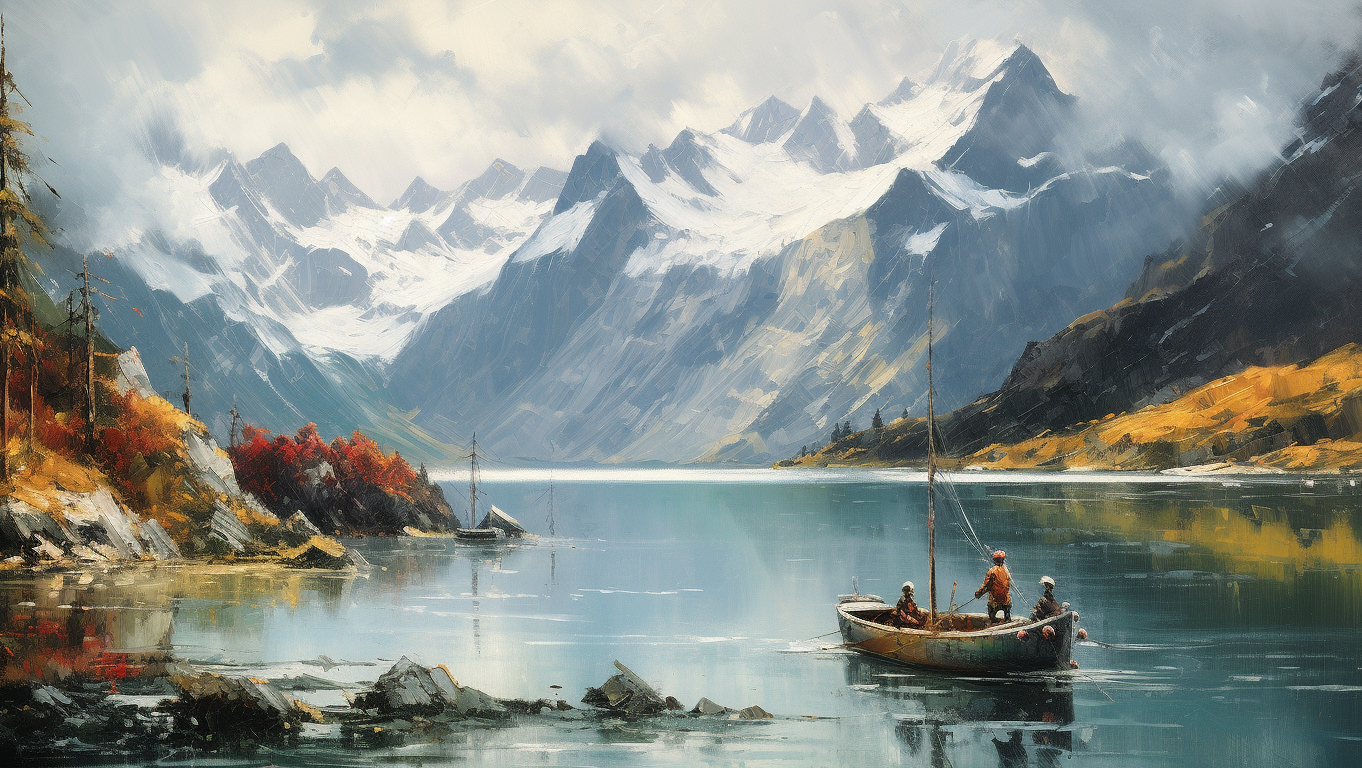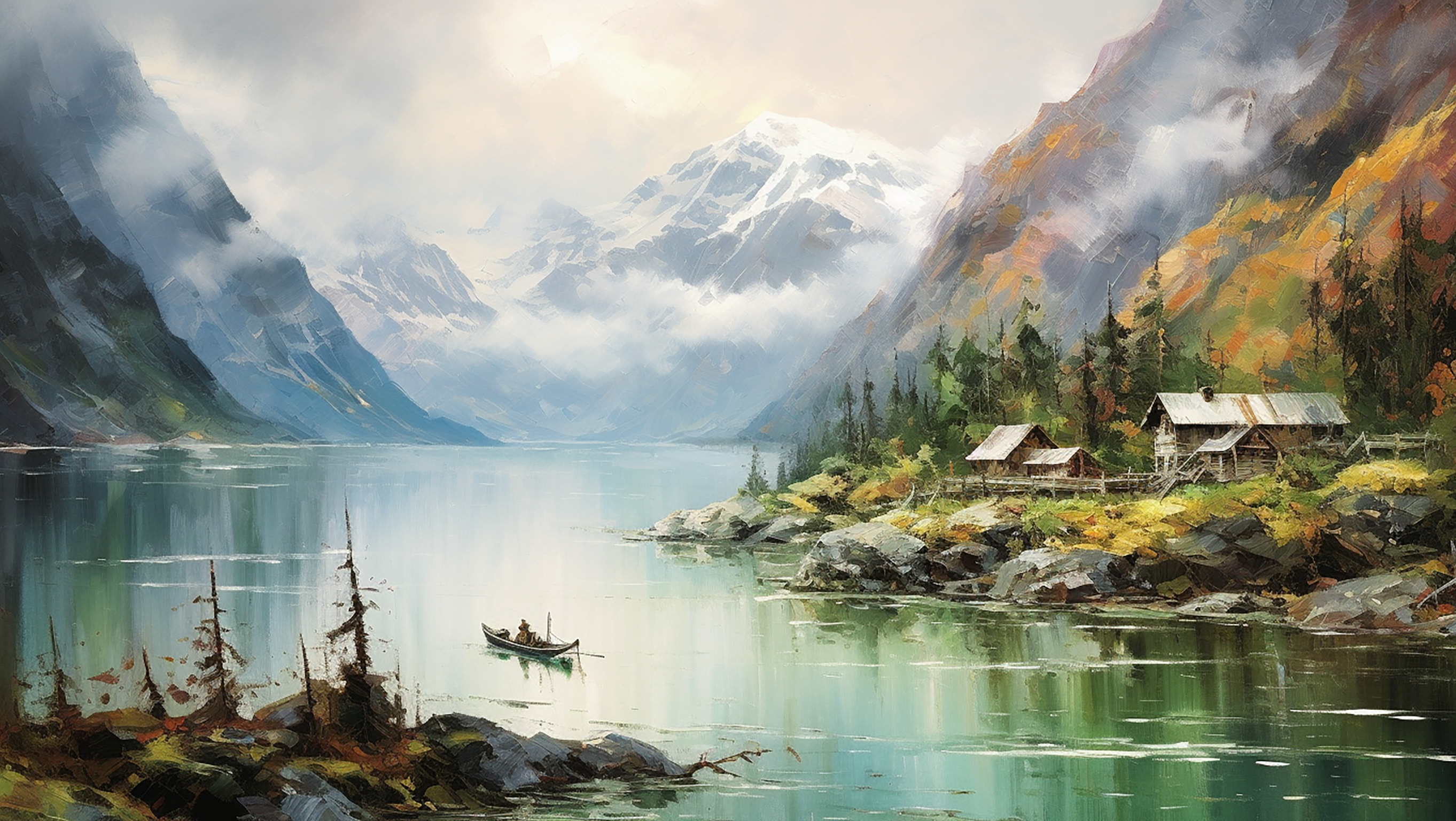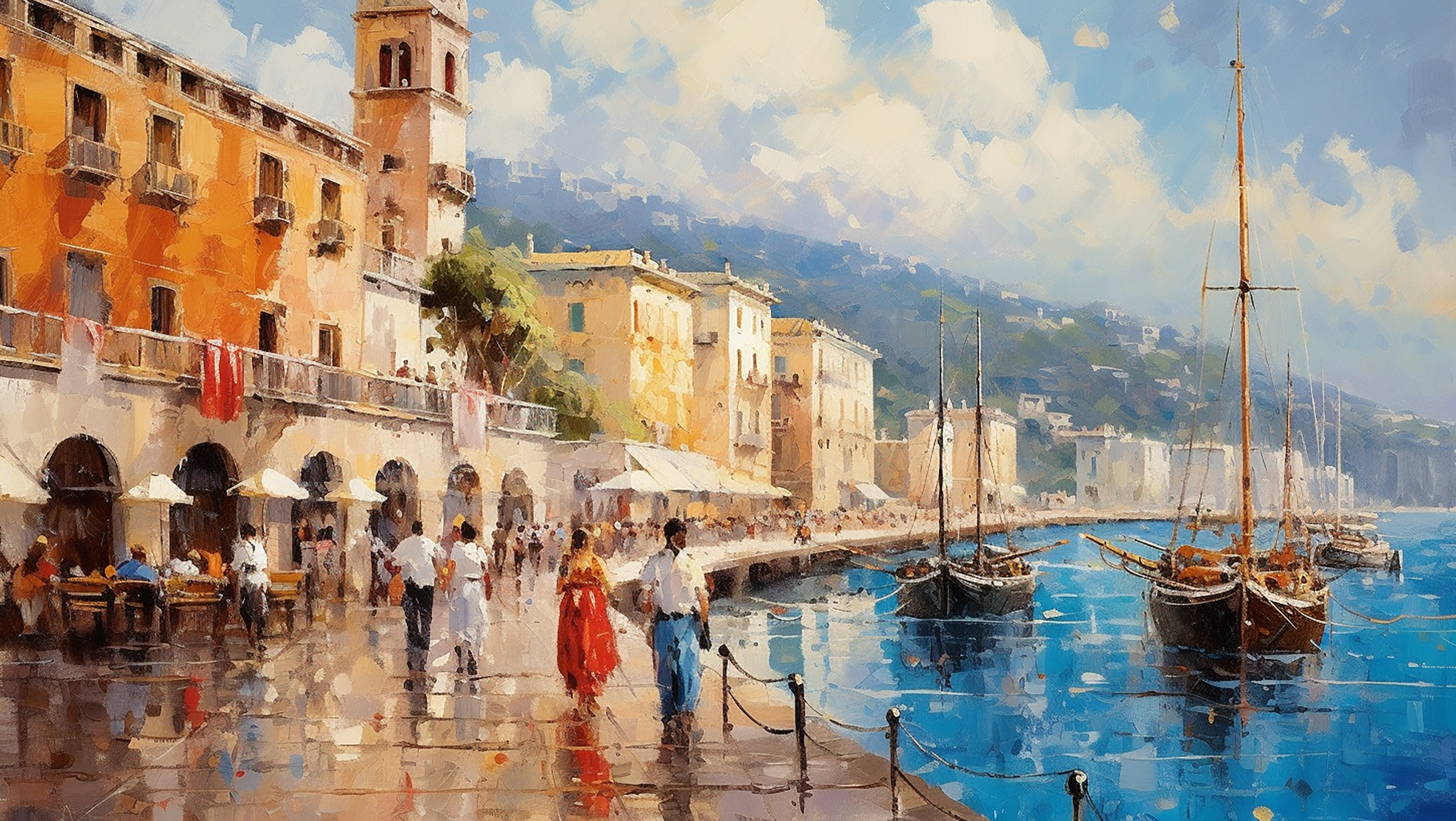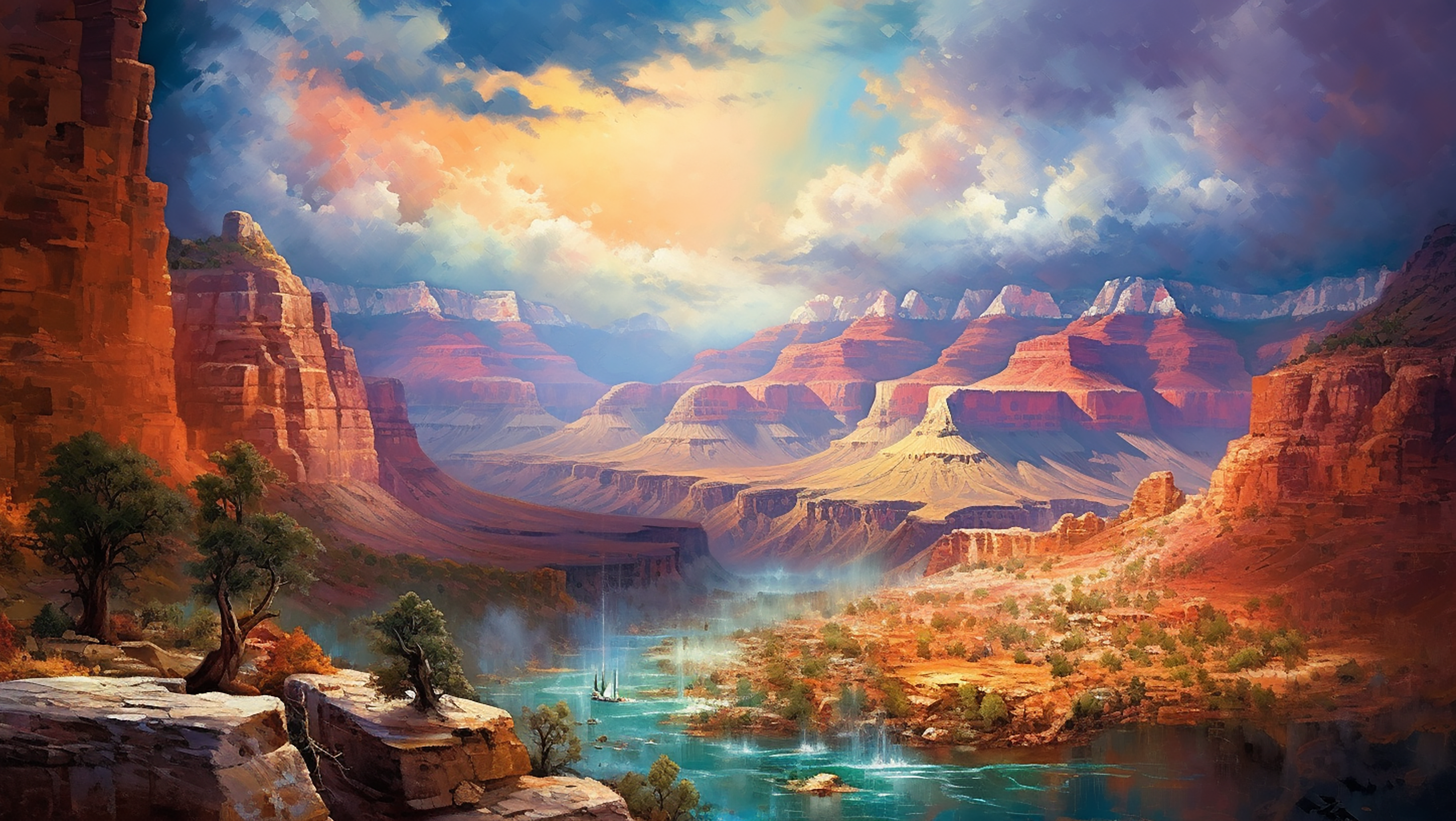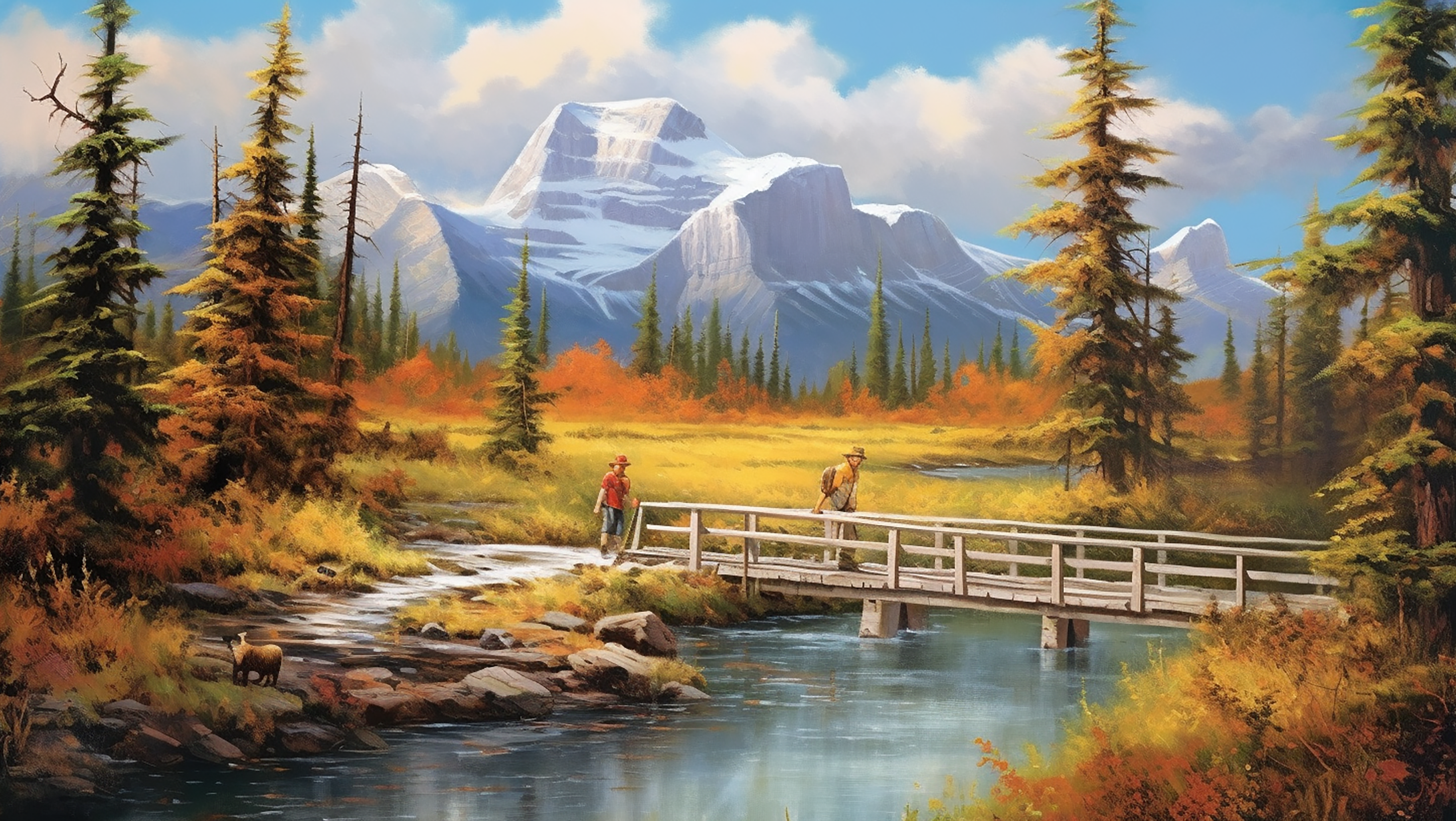On my second day at the hotel, I planned a full-day excursion to explore the surrounding waterfalls, the volcano, and the jungle. The tour picked me up early in the morning to first take us to the foot of the Arenal Volcano. Along the way, our local guide pointed out a snake and other wildlife we happened to encounter.
Eventually, we arrived at the foothills of the volcano. Arenal had been dormant for many years until about 55 years ago when it unexpectedly began to erupt, forming a completely new cone. Looking at the Arenal Volcano, you could see one side of the mountain covered in forest, while the other side appeared almost barren, with only a light cover of moss and a skirt of green at the base.
The reality is that two volcanic cones almost blend into each other. The new cone was formed just 55 years ago when massive eruptions reshaped the local landscape, and a new mountain rose from this place. As a result, the sides of the new cone have not yet fully regrown their forest cover. Instead, they are mostly covered by lone plants and black chunks of lava that haven't yet been eroded by wind and water.
My route took about an hour and a half, descending through the local lava fields to get a closer look at the volcano and the mingling of vegetation and lava. Everything would have been fine, were it not for the blistering sun, from which there was nowhere to hide due to the sparse vegetation.
Next, we headed toward a lush jungle area to see some waterfalls. Along the way, we experienced the highlight of the day – we spotted a sloth! The sloth was in a tree near the road and, to our surprise, it was unusually active. Normally, these creatures are very slow-moving, yet this one showed no fear of humans and went about its business. Specifically, it was sleeping on one branch, then slowly made its way down the tree to another branch and calmly moved to a different part to continue its nap or maybe to eat some leaves. It seemed to be a juvenile sloth, not very large but certainly not a baby.
After visiting the waterfalls in the local jungles and a short stop for what seemed like a lecture from the local indigenous people, who were selling their handicrafts. Previously gold masterpieces were traded for beads by the colonisers, but now they take historical revenge by trading useless souvenirs for cash.
The encounter was an inevitable part of the tour, yet not too intrusive. It was more like a chance to hide from the impending rain under a smoke-scented canopy built from wooden structures, something like a makeshift shelter where they displayed their crafts.
The Fortuna area is known for its hot springs which are heated by the volcano. The streams aren't hot on their own; the water flows from the mountains and then seeps deep into the ground, passing by magma that heats it before it resurfaces, providing an opportunity to take a dip.
However, the springs themselves are commercialised. They are like pools located at hotels, filled with hot water. This water, at temperatures of 38-39°C, made it somewhat uncomfortable for swimming, at least to my taste. There was one pool with slightly cooler water where I tried to unwind after a long, eventful day.
The next day, I decided to cancel my excursion and explore the surroundings of my hotel. I planned to take another walk along the forest trail, taking my time to soak in the beauty and tranquillity of the local environment.
